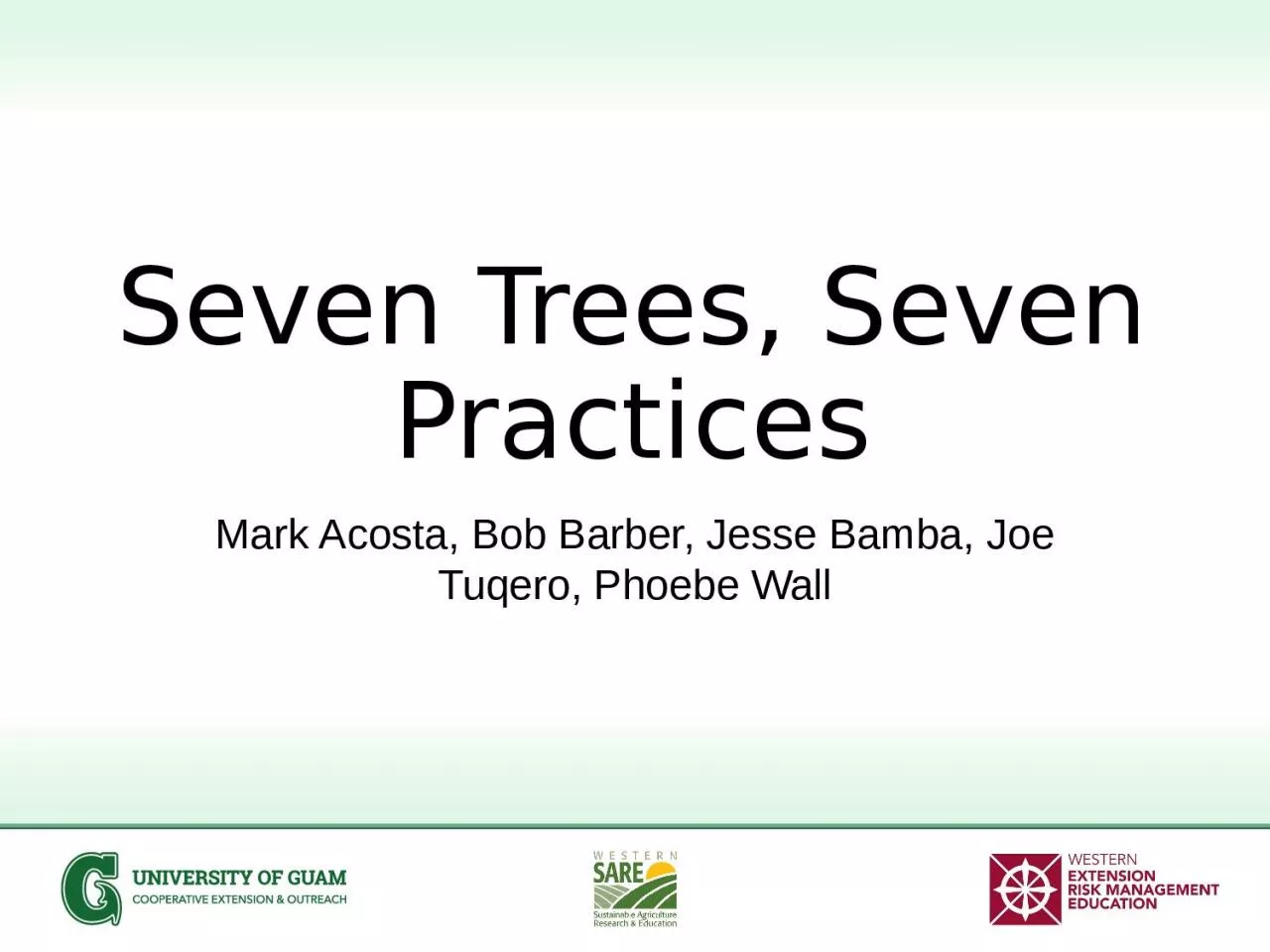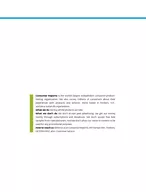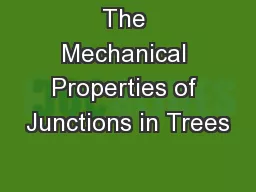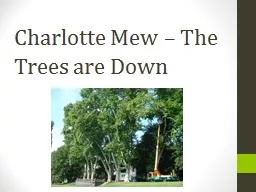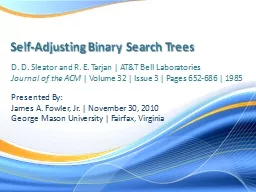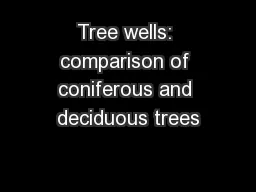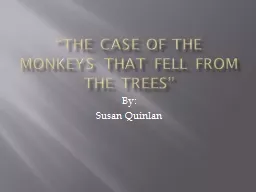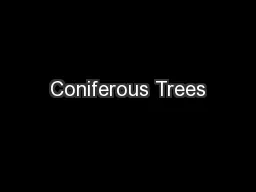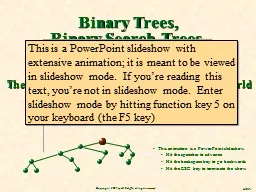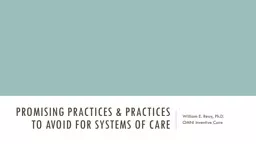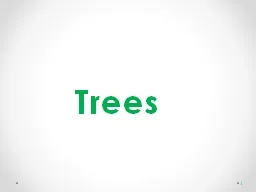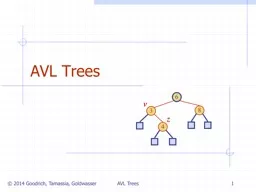PPT-Seven Trees, Seven Practices
Author : unita | Published Date : 2024-02-09
Mark Acosta Bob Barber Jesse Bamba Joe Tuqero Phoebe Wall Seven Practices Sheet Mulching Drip Irrigation Fruit Tree Windbreaks Contour Farming NFT Hedgerows
Presentation Embed Code
Download Presentation
Download Presentation The PPT/PDF document "Seven Trees, Seven Practices" is the property of its rightful owner. Permission is granted to download and print the materials on this website for personal, non-commercial use only, and to display it on your personal computer provided you do not modify the materials and that you retain all copyright notices contained in the materials. By downloading content from our website, you accept the terms of this agreement.
Seven Trees, Seven Practices: Transcript
Download Rules Of Document
"Seven Trees, Seven Practices"The content belongs to its owner. You may download and print it for personal use, without modification, and keep all copyright notices. By downloading, you agree to these terms.
Related Documents

